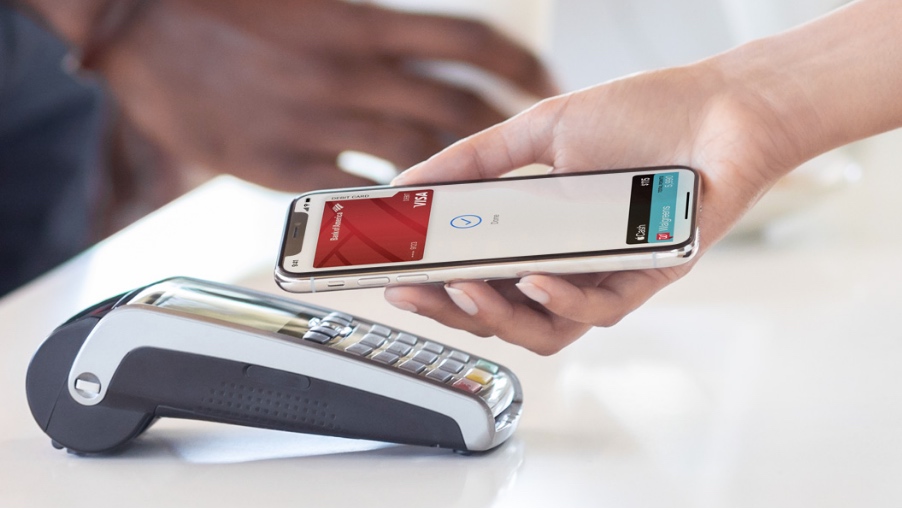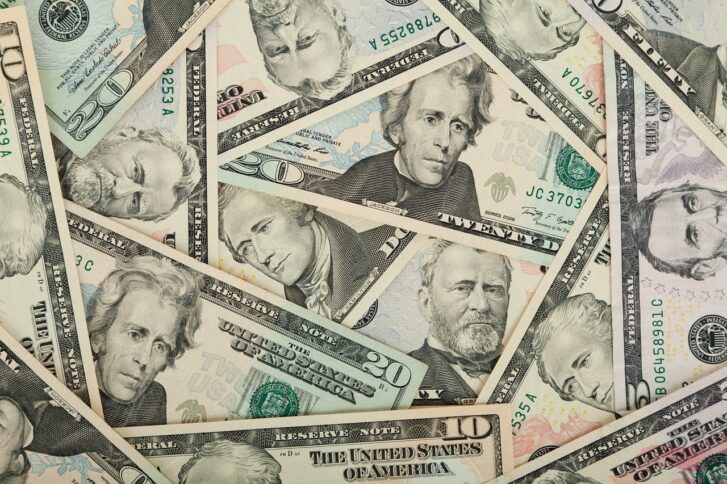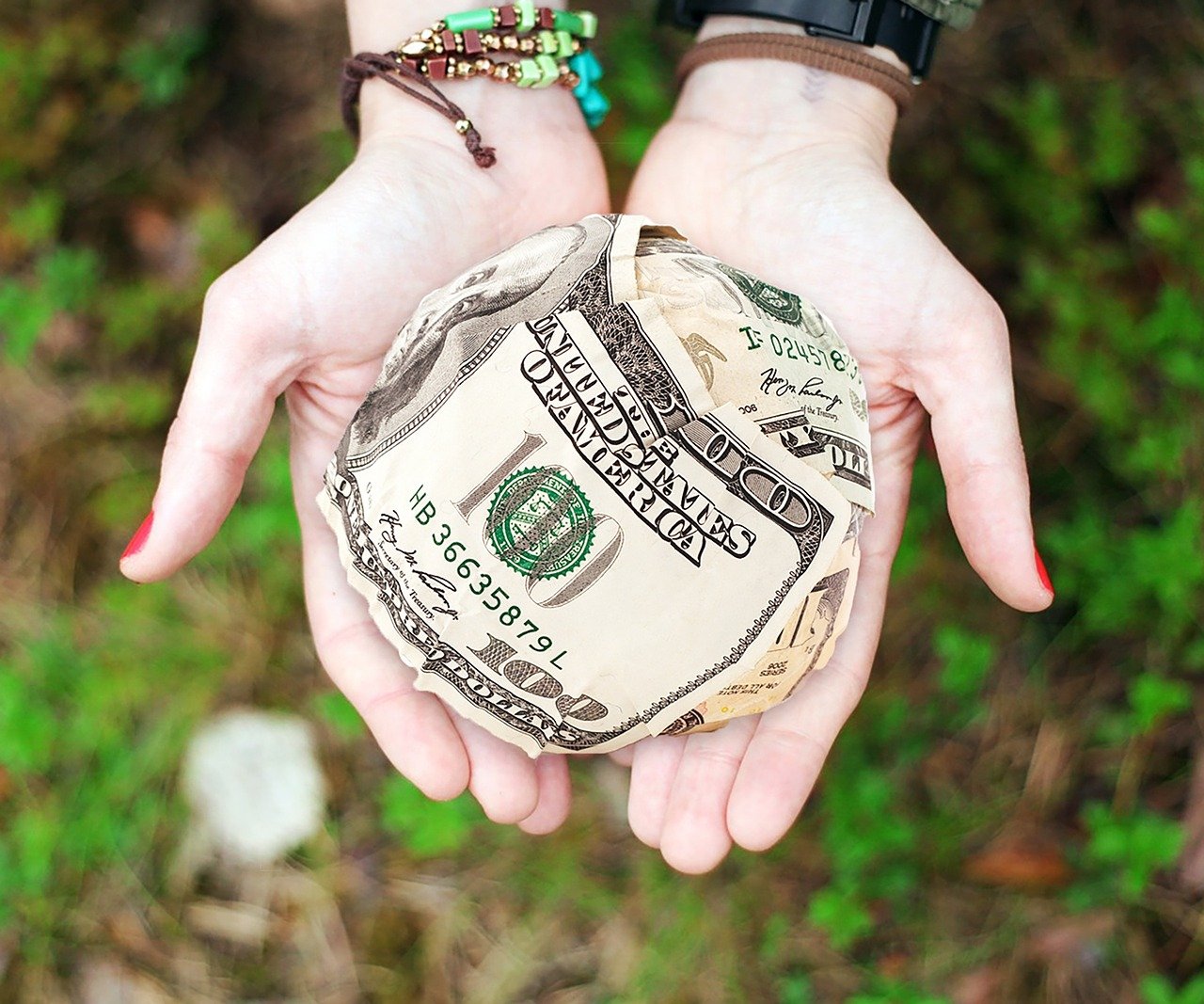You are about to learn which of the top payment apps are the best and why.
Money is a big part of our lives. Without it, it can be hard to live a decent quality of life as we won’t be able to afford the things that others have the luxury of having. Though your working wage can be enough to cover any immediate expenses, some people want to have extra money to buy things for themselves. To do this, they need to manage and control their finances as effectively as possible. Of course, you may also decide to invest in areas that have been known to make people money, such as bitcoin which woudn’t be surprising according to these Bitcoin Statistics 2021. It is clearly becoming a much bigger part of daily life, with a large portion of todays finances being bitcoin. No doubt soon it will be the main currency. However to invest in it, you should read this bitcoin code article if you want to learn more. But this extra money will mean nothing if you don’t have a suitable payment app to assist you.
Not long ago, a trip to Western Union counter or store was about the only way to get money sent right away between people. All that has changed with the advent of safe, more cost-effective payment apps associated with your smartphone. Not all are the same and some are much better for splitting a restaurant check or paying back a friend versus using to buy something from an online retailer like eBay or Etsy where your protections are fairly limited.
I’m going to start the basic tips and rules to follow in order to get the most out of using the top payment apps.
What You Must Know about all Payment Apps

Never download a mobile payment app from a website, text or email.
Always go to either the Apple App Store or Google Play Android store. This is how scammers are draining bank accounts as a fake mobile app site looking like the real thing and tricks people into handing over complete access to their accounts.
Avoid transaction fees in two ways.
First, only use mobile payment apps that are free. Second, make sure you attach a free funding source such as a debit card or direct bank transfer instead of a credit card.
Speed access to cash and increase limits by verifying it’s you.
A vast majority of payment apps limit the amount of money you can send or receive in a a transaction over a certain period of fraud. If you are using payment apps for small transactions, you may never notice. Payment apps try to reduce fraud by limiting their exposure to bad transactions. If you want to send or receive larger amounts say over $250, take the time to get your account verified at each payment apps site. This process gives the payment app greater access to particular details about you and your bank to form a more trusted relationship. This also can speed up access to money in larger amounts coming your way.
Mobile Payment app accounting is tougher.
Make sure to take note of money sent and received that allows you to understand when and how its paid and unpaid in your accounting world. Many accounting software systems have yet to align with automation of payment app transactions to match up with invoices for example. Make sure to take the manual step to account for the transaction when paid by mobile payment apps.
Most apps limit or act very differently for foreign transactions.
Some payment apps charge higher fees, hold money longer, or do not allow international transactions at all. My comparison info in this review is based on domestic transfers.

Apple Pay
500 million people use it making it one of the most popular payment apps. You associate a credit card or debit card into your iPhone or iPad’s Wallet first. Apple Pay works when you bring your iPhone, iPad or Apple Watch near a point of sale wireless register device at a store for contactless payment. You can send money person-to-person when using your debit card to fund a transaction.
Apple’s Messaging app makes it easy to request money and send money to someone with another Apple device. Funds sent go into Apple Cash not your bank account. You can spend directly from Apple Cash in the future or transfer the full amount of Apple Cash balance to your bank account or onto your Visa debit card. Any unclaimed Apple Pay money transfers not accepted within 7 days are returned to the original sender.
Pros
- Best for retail purchases in store and online and for person-to-person transfers with someone who also uses
- Apple iOS devices like an iPhone.
Cons
- You cannot send money to someone with an Android device.
- Sending someone money such as splitting a restaurant bill for example requires the money come from Apple Cash or your associated debit card.
- Apple Cash balance maximum is $20,000 once identity verified. Max transaction amounts to send and receive within 7 days is $10,000 total
- Fees: Aside from any fee your bank may impose, for Apple Instant Transfers a 1% fee up to $10 is deducted from each transfer to your debit card or bank account.
Google Pay
Best for retail shopping experiences like Apple Pay where Google Pay draws money directly from linked credit card or debit card. The one distinguishing difference is that Google Pay is more compatible than Apple Pay for sending and receiving money between people. Apple restricts use between Apple device where Google Pay is universally available to both Android and iOS customers. In order to use Google Pay, you must first sign-in to a Google Account and link your payment method and bank information.
Pros
- Can send and receive money between Android and iOS devices
- Best for digital wallet at cash register for contactless payment
- Offers modest promotional prices with some merchants
Cons
- Cannot use internationally. It will not allow a U.S. bank to buy anything or transfer to/from a foreign entity.
- Credit cards are not allowed for sending someone money.
Venmo
One of the easiest mobile payment apps to send, request and receive money with another person is Venmo. It’s indeed so popular that its now used as a verb where you might often hear someone say, “I can just Venmo you the money”.
You simply setup Venmo app and link your bank account to begin. Watch out for privacy settings that allow for your transactions to be shared with others. Set all transactions to “Private” to avoid Venmo’s desire to share people other than sender and receiver.
Owned by PayPal, Venmo is best known for being the most universally accepted means to send someone money. Venmo is popular for splitting bills or reimbursements between friends and family.
Avoid using a credit card to fund your Venmo transaction as it will charge a 3% fee for money sent using an associated credit card instead of a bank account or debit card.
To instantly cash out your Venmo transactions you receive to your bank account, Venmo will charge a 1% fee capped at $10 per transfer. Avoid the fee by waiting 1 to 3 business days to receive your funds for free.
Also avoid linking to savings accounts at your bank which often associate bank fees to payment app transaction sourced from savings accounts instead of checking accounts.
Pros
- Universally accepted
- Most popular methods for person to person payments
- Easy to use, easy to setup
Cons
- Social media feature could have you oversharing personal finances about a transaction. Make sure to set privacy limits in Venmo if you don’t want to broadcast a live feed of your transactions.
- Not for buying and selling goods.
- 3% fee charged for sending money with credit card.
- The maximum you can move into your bank account from money received starts at $999.99 until verified when it is raised to $19,999.
Max: $299.99 for new accounts per week. Verified account transaction max of $5,000 within a week.
Cash App
Person-to-person payment app created by Square, the popular credit card acceptance smartphone add-on used by many mom and pop merchants to accept credit cards.
Cash App offers a debit card and has an award program called “Cash boosts” that can save you money on transactions with discounts. Some retail partners like DoorDash give you an automatic discount when using Cash App. You can only set one cash boost association at a time, but can switch between them before making a purchase to make it active in the Cash app.
Cash app is not the most popular, but maybe the most unique as it allows you to use Cash App to buy bitcoin and to invest in stocks. Over the years, the idea of buying and investing in bitcoin, or cryptocurrency, has become increasingly popular, and there have been many who have even decided to look for something like this innosilicon a10 pro ready to ship piece of essential equipment in order to create their own cryptocurrencies by mining. Whilst it is less popular than using the Cash App, it can sill significantly improve someone’s finances. On the topic of bitcoin, you could also try storing bitcoin securely using Cashapp, but there are limits.
Pros
- Offers optional debit card to save money at certain retailers.
- Ability to use for investing stocks and buying/selling bitcoin
- Activate a “Cash Boost” for discounts such as 10% off DoorDash
Cons
- A lot of work to effort savings for Cash Boosts
- 3% fee charged for using credit card to send money.
- 1.5% fee imposed for instant access to money received
PayPal
One of the original payment services online making it easy to use for sending and receiving money, buying goods and services and using on shopping sites like eBay.
You can link your bank account, debit or credit card to use to send money person-to-person. PayPal only offers fee-less free transactions when sending money from your checking account or an existing PayPal balance.
PayPals popularity and long history make it easy to search for people to pay once you setup an account on PayPal.
Verified accounts can send larger amounts and sometimes have faster access to funds that are received. For merchants, it is certainly worth spending the extra time and effort to have your PayPal account verified. Otherwise, access to money received is held for a period before you have access.
Pros
- Allows high transfer amounts. Send up to $60K, but limited to $10K in a single transaction.
- Widely used and accepted form of electronic payment
Cons
- Hefty 2.9% fee for using credit card or debit card to fund sending money
- Long 3-5 day wait for funds received on unverified accounts
- Will nail you with 1% fee against the amount transferred to make it available as cash any earlier.

Zelle
Owned by some of America’s largest banks, the sending limits are set by your bank largely based on your financial history. It is accepted with most major banks on US soil.
When sending money using Zelle app, the recipient is prompted to setup Zelle with their bank for the transaction to go through. Since it is owned by banks, it makes it quicker than many payment apps to approve and release funds.
One of the best advantages is that money sent to you goes directly into your bank account.
Pros
- Known by most banks and credit unions
- Transfers are quick and go directly into recipient’s bank account
- Some banks have a way to transfer using Zelle directly on your bank’s login
Cons
- Not available for international transactions
- Credit cards are not accepted to send money

Facebook Messenger
Yes, you can use a host of social media networks, like Facebook Messenger, to send and receive money. You can send a quick message asking for money just as easily.
Keep in mind that at the core of Facebook is their pervasive harvesting of personal and private details in order to make money selling access to you for advertisers you may or may not want knowing your personal business.
That said, Facebook Messenger, allows you to send and receive money between people who also have a bank account associated with Messenger.
Pros
- Cash is available fast if both parties have linked bank accounts
- Easy to pay or request money from friends if they use Facebook
- Easier to use for friends and family located outside the U.S.
Cons
- Limited features
- Does not work with credit cards
- Risk of scams in social media much higher
My recommendation
Venmo is most popular and easiest to use for splitting a restaurant bill, paying a handyman and anytime you want to send or receive small amounts of money under $250, and remember to set your transactions to “private” in the settings. Zelle is the winner for person-to-person transactions since the transactions are quicker than most and the money ends up directly in your bank account – not sitting within the payment app account which I often forget to monitor. PayPal is best for larger amounts when sending money and receiving money.
In any case, verifying who you are with each payment app so that you become more trusted with the bank and your pick of payment apps is worth the extra effort. As with all apps, download only from Google Play app store and Apple App store, and never download a payment app from a link in an email, text or other site.
Related:
🛍️ SHOPPING GUIDES:
KIDS | MEN | WOMEN | TEENS | PETS |
FOR THOSE WHO LOVE:
COOKING | COFFEE | TOOLS | TRAVEL | WINE |
DEVICES:
LAPTOPS | TABLETS | PRINTERS | DESKTOPS | MONITORS | EARBUDS | HEADPHONES | KINDLES | SOUNDBARS | KINDLES | DRONES |
ACCESSORIES:
CAR | KITCHEN | LAPTOP | KEYBOARDS | PHONE | TRAVEL | KEEP IT COZY |
PERSONAL GIFTS:
PHOTOBOOKS | DIGITAL PHOTO FRAMES |
SECURITY
ANTIVIRUS | VPN | SECURE EMAIL |
CAN'T GO WRONG WITH THESE:





